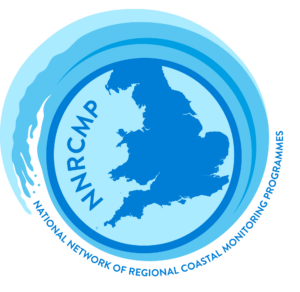Investigating coastal wave processes using GIS
Introduction
“CreamT” was a research project that focused on gathering information about hazardous coastal conditions in the southwest to support local authorities in understanding the combinations of waves, water levels, beach levels and winds that posed the greatest wave overtopping hazard. Sets of instruments were installed on the Dawlish sea wall and beside the railway line in Devon and a similar set were installed along the sea front at Penzance. A PowerPoint gives an overview of the project, locations and data, and the data itself is available online for you to investigate the risks caused by wave overtopping.
The A level worksheet (click the icon below to download) provides an investigation framework to answer key questions about wave overtopping at Dawlish and Penzance. Using the environmental data, you will be able to identify what coastal conditions pose a wave overtopping hazard to the sea front walkway and railway line at Dawlish, and the promenade, road and housing at Penzance.

This information is a valuable resource to local authorities and Network Rail. You will investigate how the data can be used to gain an understanding to improve their hazard response for train operations in this location.
This investigation studies genuine research data as used by experts in the field and, as such, is totally authentic. It demonstrates to students the real-world application of geography.
Click the icons below for the A level student worksheet and accompanying introductory PowerPoint.
About the Author
Contribute
Our aim is to promote geography and geographical education in the South West of England. Geography SW is a collaborative project driven by a group of enthusiastic geographers who have volunteered their time to create a wide-ranging and dynamic resource to support the wider geographical community.







